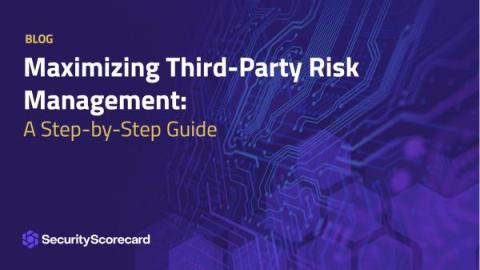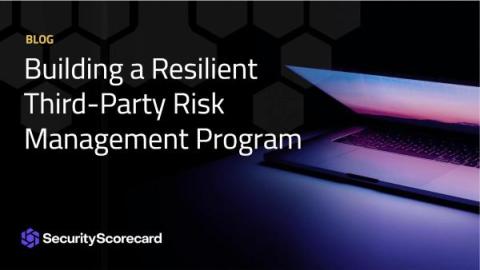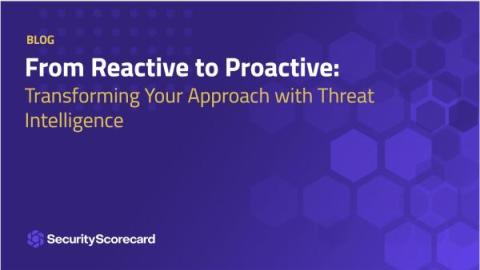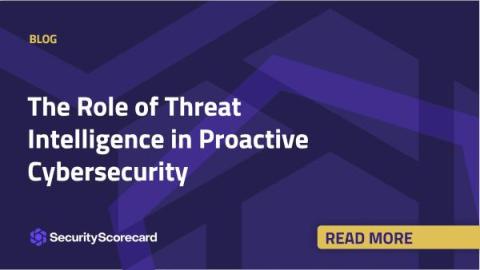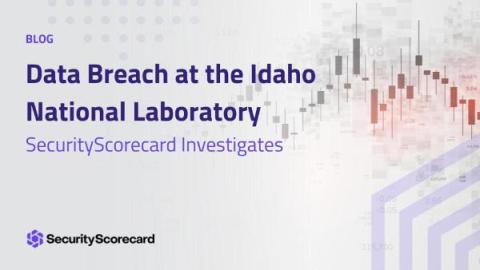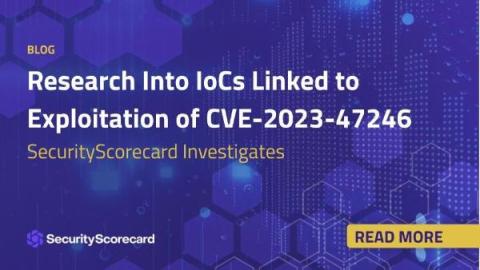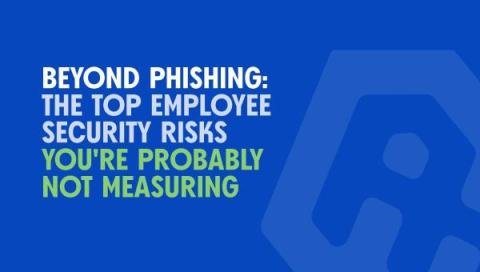Security | Threat Detection | Cyberattacks | DevSecOps | Compliance
Latest News
Maximizing Third-Party Risk Management: A Step-by-Step Guide
In today’s interconnected business environment, third-party partnerships are essential for growth and operational efficiency. However, these collaborations bring inherent risks, especially in the realm of cybersecurity. Effective third-party risk management is crucial for safeguarding sensitive data and maintaining business continuity.
Building a Resilient Third-Party Risk Management Program
In an era where businesses are increasingly reliant on third-party vendors for essential services, the significance of a resilient third-party risk management program cannot be overstated. Third-party partnerships can expose organizations to various risks, especially in the domain of cybersecurity. This guide aims to help businesses in building a robust third-party risk management program that is adaptable to the ever-evolving landscape of cyber threats and dynamic business needs.
From Reactive to Proactive: Transforming Your Approach with Threat Intelligence
The landscape of cybersecurity is ever-evolving, and staying one step ahead of cyber threats has become imperative for organizations. Traditionally, many businesses have adopted a reactive approach to cybersecurity, responding to threats and breaches as they occur. However, this approach is no longer sufficient in today’s digital world. Shifting to a proactive stance, powered by threat intelligence, is crucial for enhancing an organization’s security posture.
The Role of Threat Intelligence in Proactive Cybersecurity
In the rapidly evolving digital landscape, the approach to cybersecurity has shifted significantly. Proactive cybersecurity has become a necessity rather than a choice, with threat intelligence playing a pivotal role in this paradigm shift. This post explores how threat intelligence forms the cornerstone of a proactive cybersecurity strategy, focusing on its role in predicting and preventing cyber attacks, thereby enhancing an organization’s security posture.
Data Breach at the Idaho National Laboratory
On November 20, the Idaho National Laboratory (INL) confirmed that it had suffered a data breach. The confirmation followed the SiegedSec threat actor group’s circulation of claims that it had “accessed hundreds of thousands of user, employee and citizen data” on social media and hacking forums.
Research Into IoCs Linked to Exploitation of CVE-2023-47246
The SecurityScorecard Threat Research, Intelligence, Knowledge, and Engagement (STRIKE) Team has conducted further research into the indicators of compromise (IoCs) that SysAid shared when disclosing a new vulnerability in its on-premise software last month.
Integrating Threat Intelligence into Your Cybersecurity Plan
In the rapidly evolving digital landscape, the importance of a well-constructed cybersecurity plan cannot be overstated. However, the effectiveness of any cybersecurity strategy significantly depends on how well it integrates threat intelligence. Threat intelligence involves understanding, analyzing, and using knowledge about existing and potential cyber threats to make informed security decisions.



